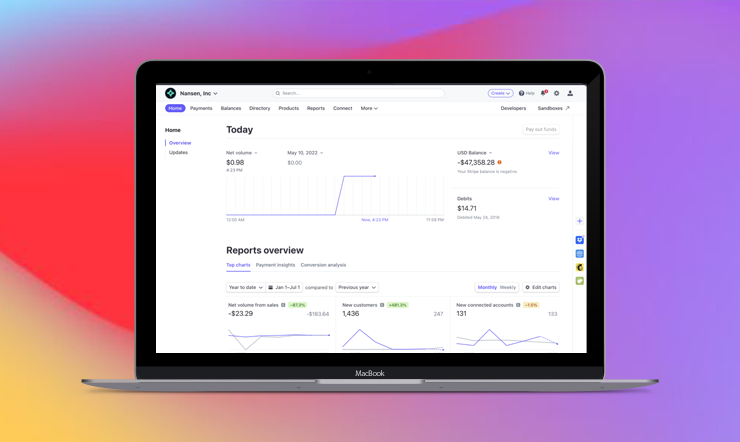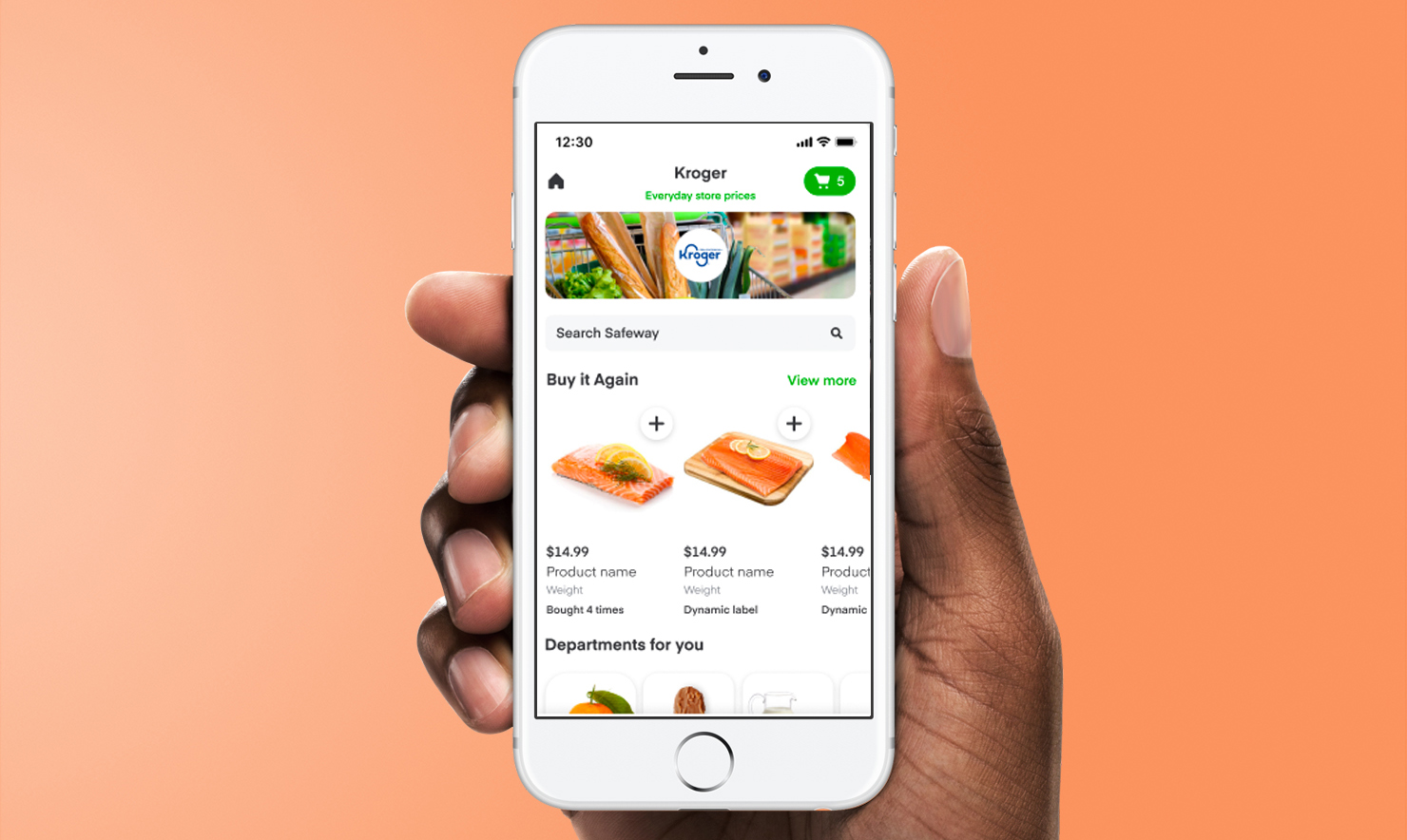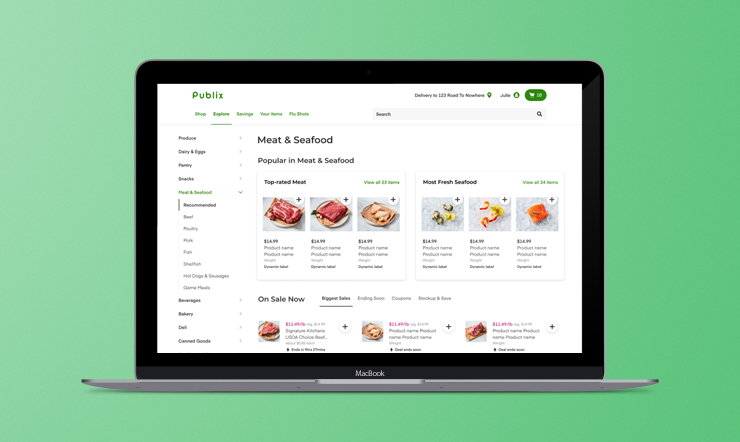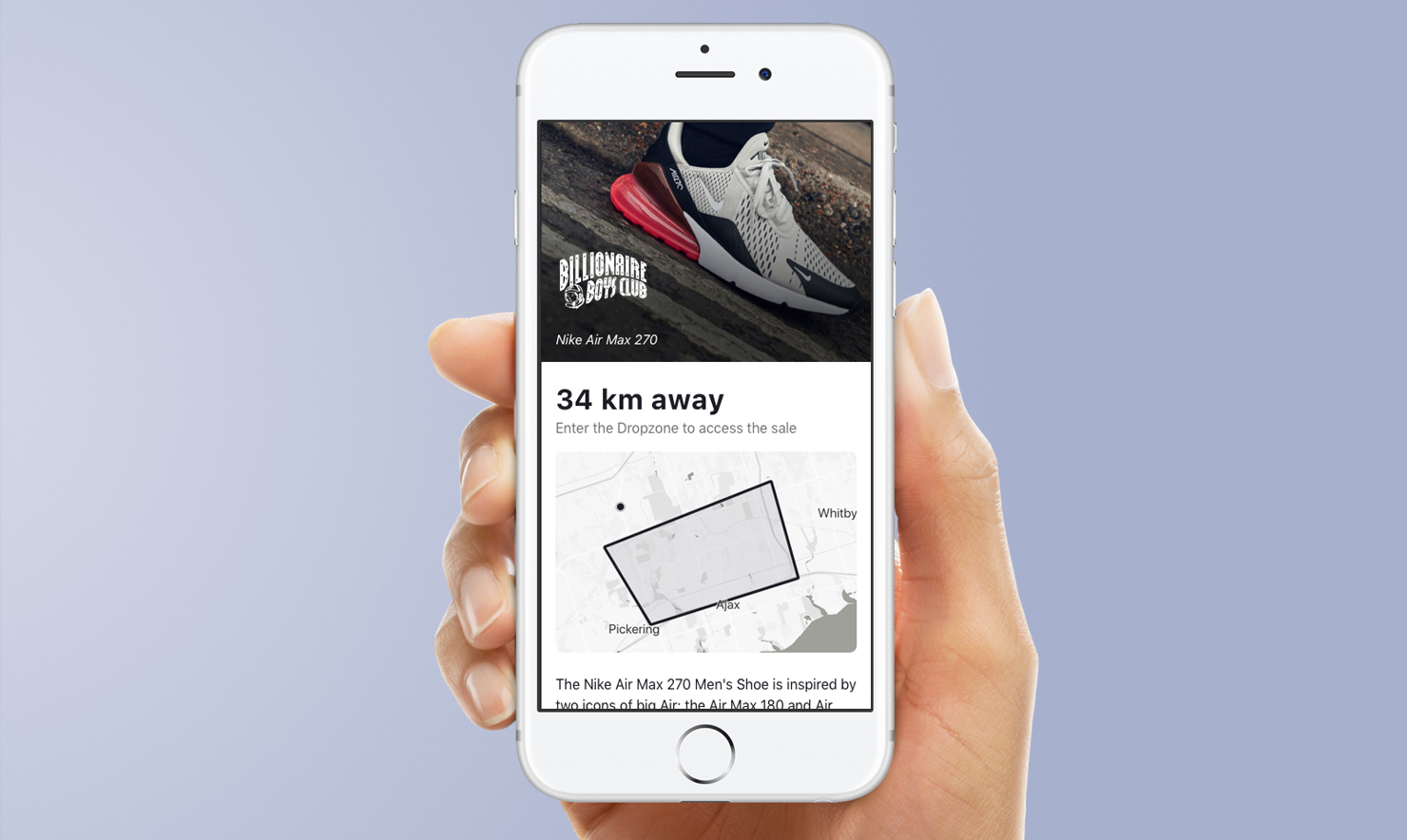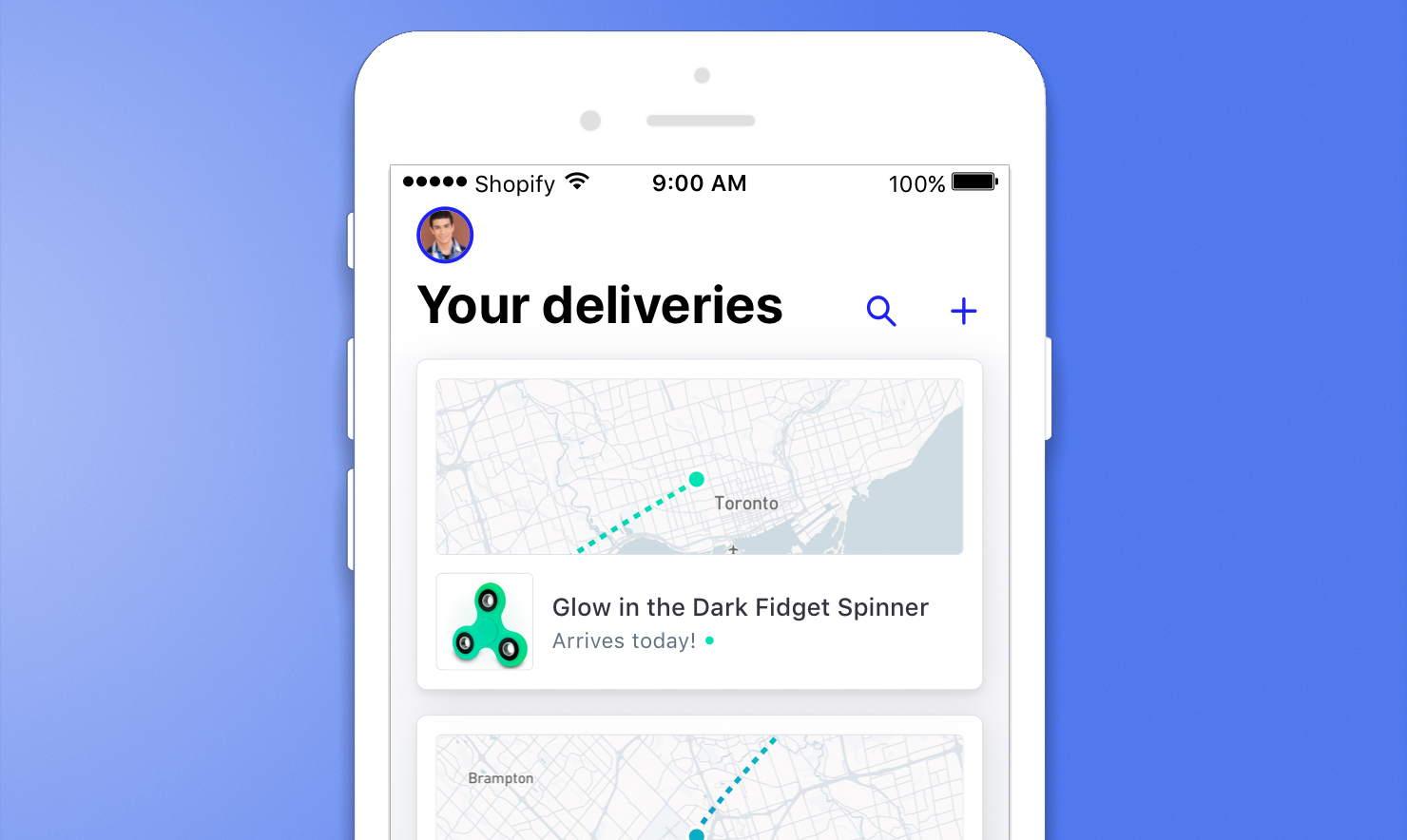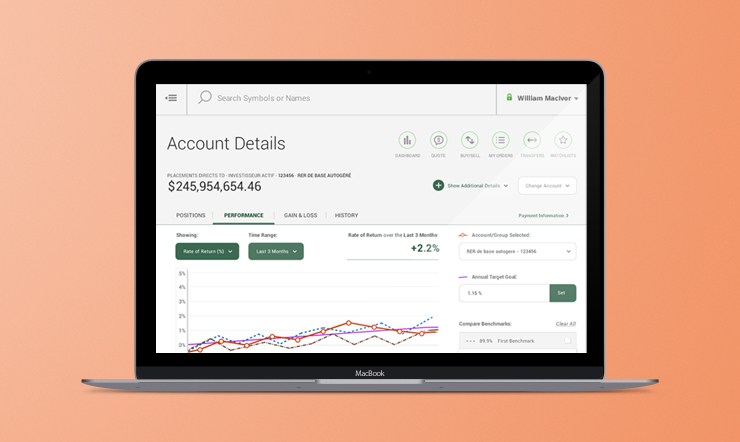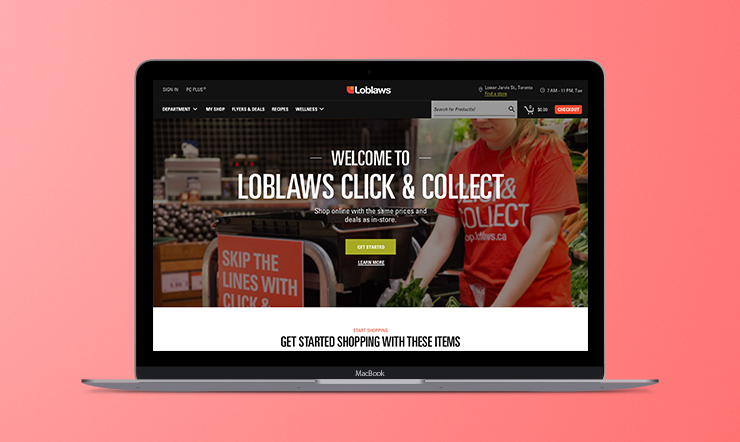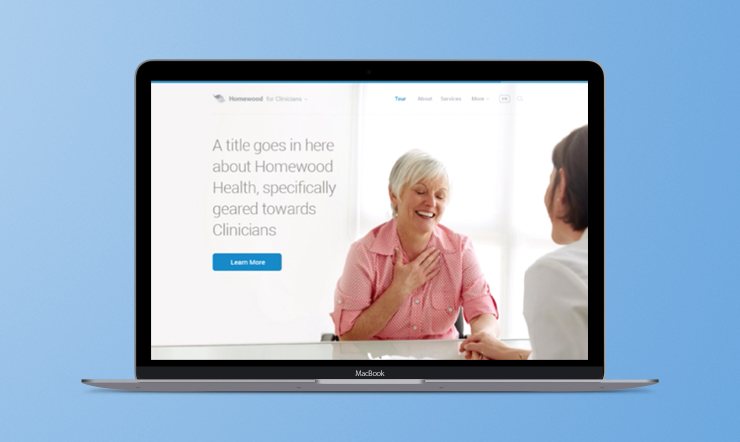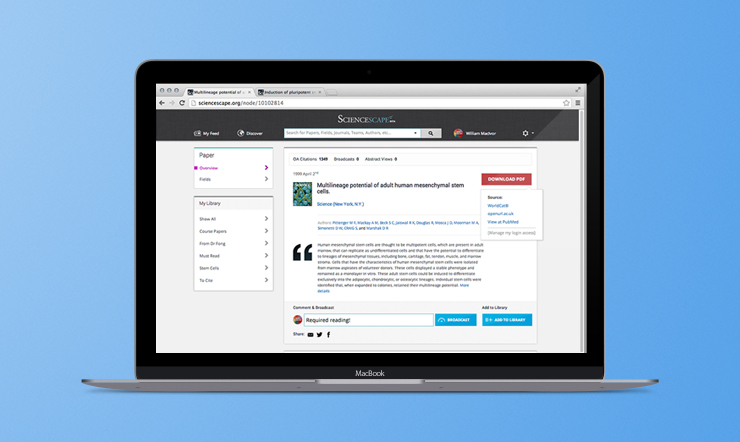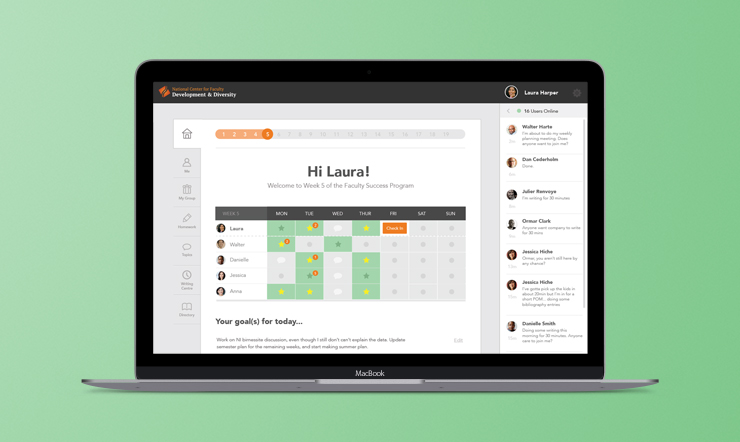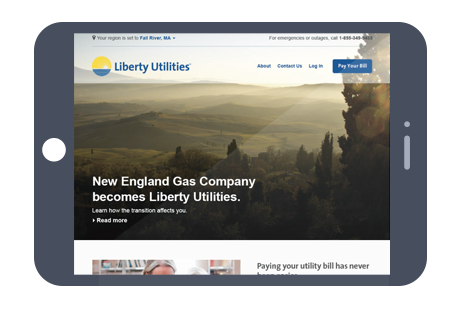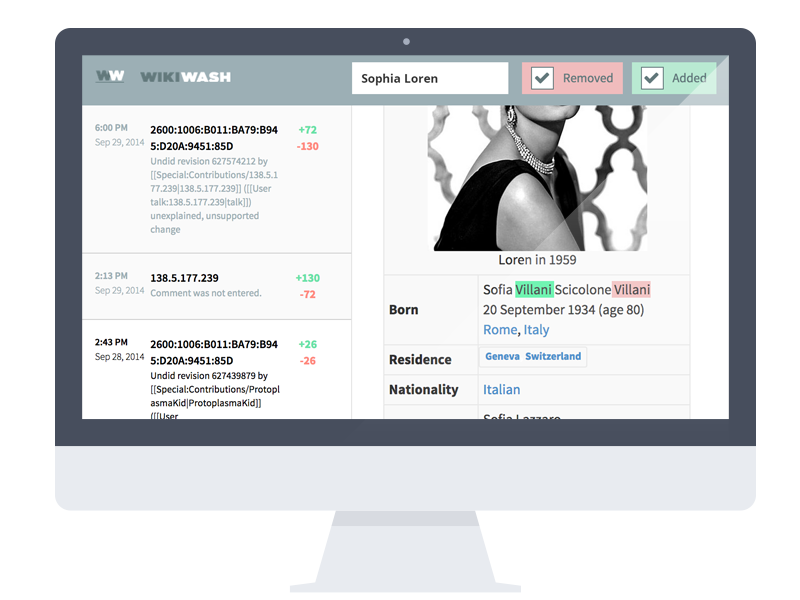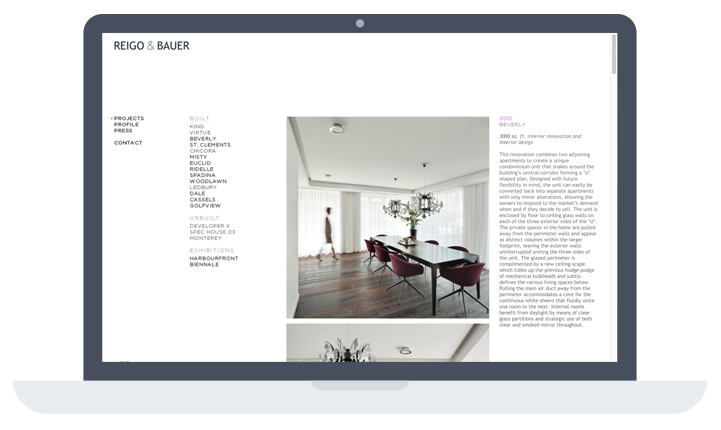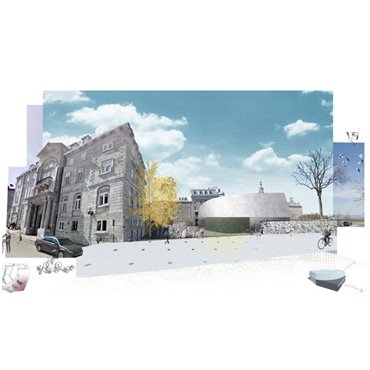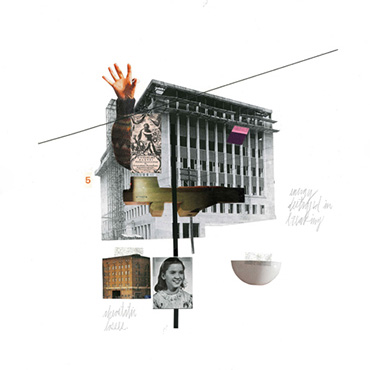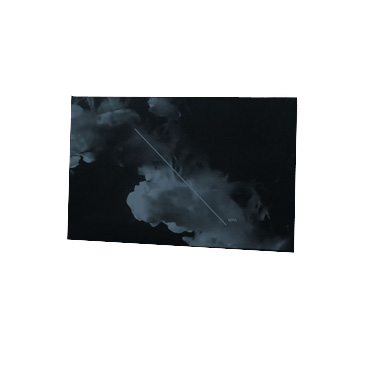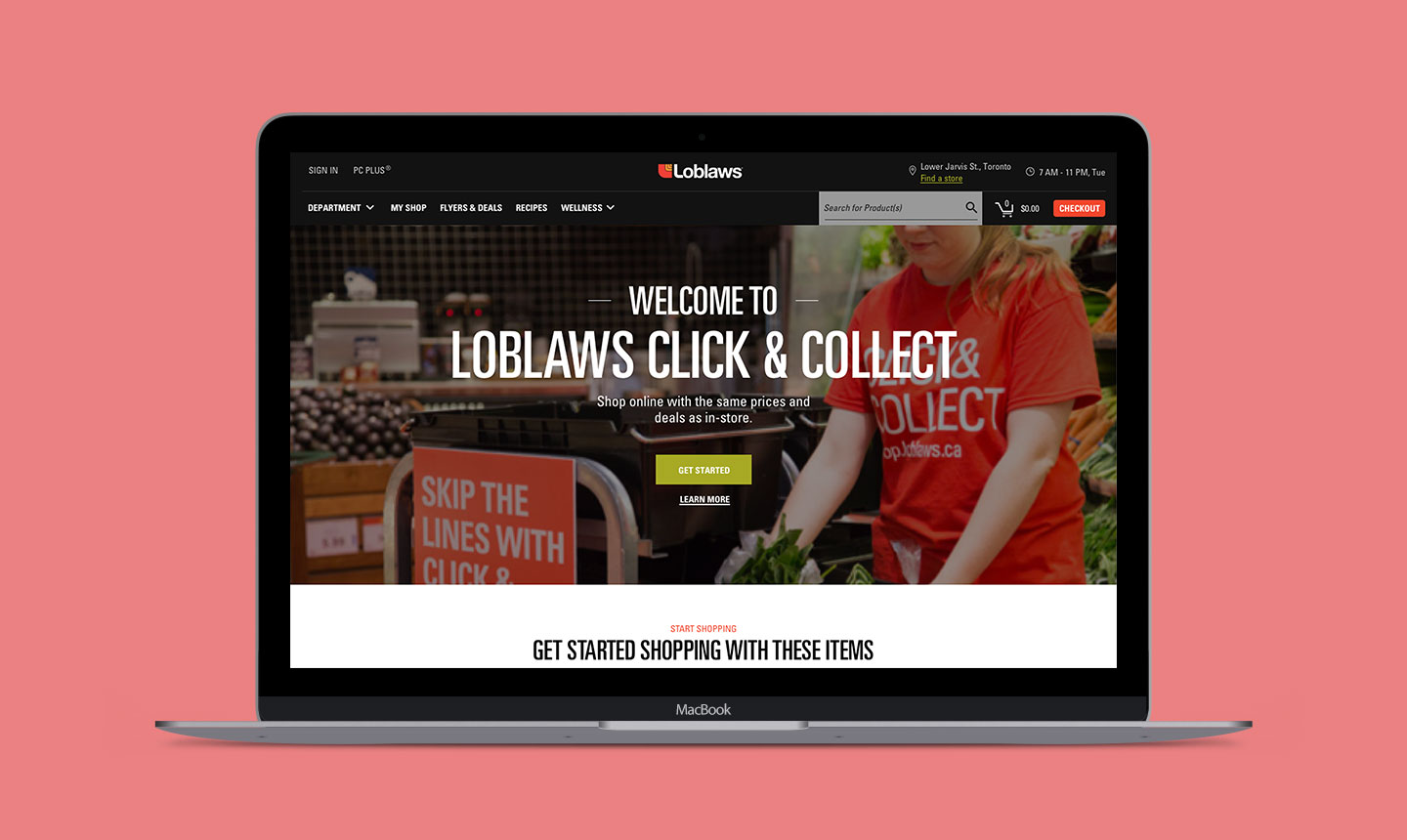
Loblaw Digital
Loblaw Digital is responsible for building and operating the digital channels for Canada’s largest and most successful retailer. I was the first product designer hired, and was responsible for establishing and growing the internal Product Design team.
I led the shift to a human-centered design philosophy, with a strong emphasis on Lean UX and collaborative, multi-functional teams. We focused on using design research to identify opportunities, and then produced and rapidly iterated on prototypes that were tested with real customers. We also clearly defined success metrics for each engagement, and practiced data-informed design.
Please note: Much of the work our team is involved in is on-going, and remains confidential. I'll describe my contributions to the organization in general terms, but am unable to provide any sensitive project specifics.
The online grocery platform is scaling out nationally, to over a dozen store brands.
What we do
In my time at Loblaw Digital, we shipped, scaled, and optimized a number of key products, including:
- Click&Collect for Loblaws, Zehrs, Superstore, Fortinos, and many other retailers under the Loblaw umbrella
- PC Optimum; the merger of the PC Plus and Optimum loyalty programs
- Digitial prescription renewal for Shoppers Drug Mart
- PCid; Single-sign on for the range of Loblaw digital properties
From an org perspective, I focused on three main areas:
- Defining the product design process within the organization, and initiating customer-focused optimizations of existing in-market products.
- Implementing a framework to effectively triage & refine design priorities, developing a bottom-up system to manage design resources, and implementing repeatable processes for delivering high-quality design work.
- Building and growing the internal design team, mentoring and supporting our designers, and helping drive larger internal culture change toward a product-driven organization.
I worked closely with our internal partners to identify opportunities, break down and frame design problems in a clear way, and then direct teams through cycles of divergent discovery and convergent production. I aimed to provide a framework for our designers to succeed and grow at two scales - both with respect to the value of their contribution to the larger organization, and personally in their own careers.


For better or worse, the bulk of my work is currently done at the whiteboard and in Keynote.
The work our Product Design team produced was broad, and included:
- Generative research (both market and customer focused),
- Experience mapping (both from internal and external perspectives),
- Optimization of existing products (bred from user testing, customer insights & experience mapping),
- New feature development (typically business-led, but informed through cycles of prototyping and validation-testing), and
- New greenfields product design (strategic definition through workshopping with internal stakeholders, followed by the management of external agencies).


As we tackled new work or aimed to optimize our existing in-market products, we worked in discrete design sprints with measurable outputs. Taking our cues from conventional agile delivery, we fixed for time & quality and allow the feature set for each sprint to be the variable. Our designers each owned the full arc of their projects, and I'm a strong believer in "context, not control".
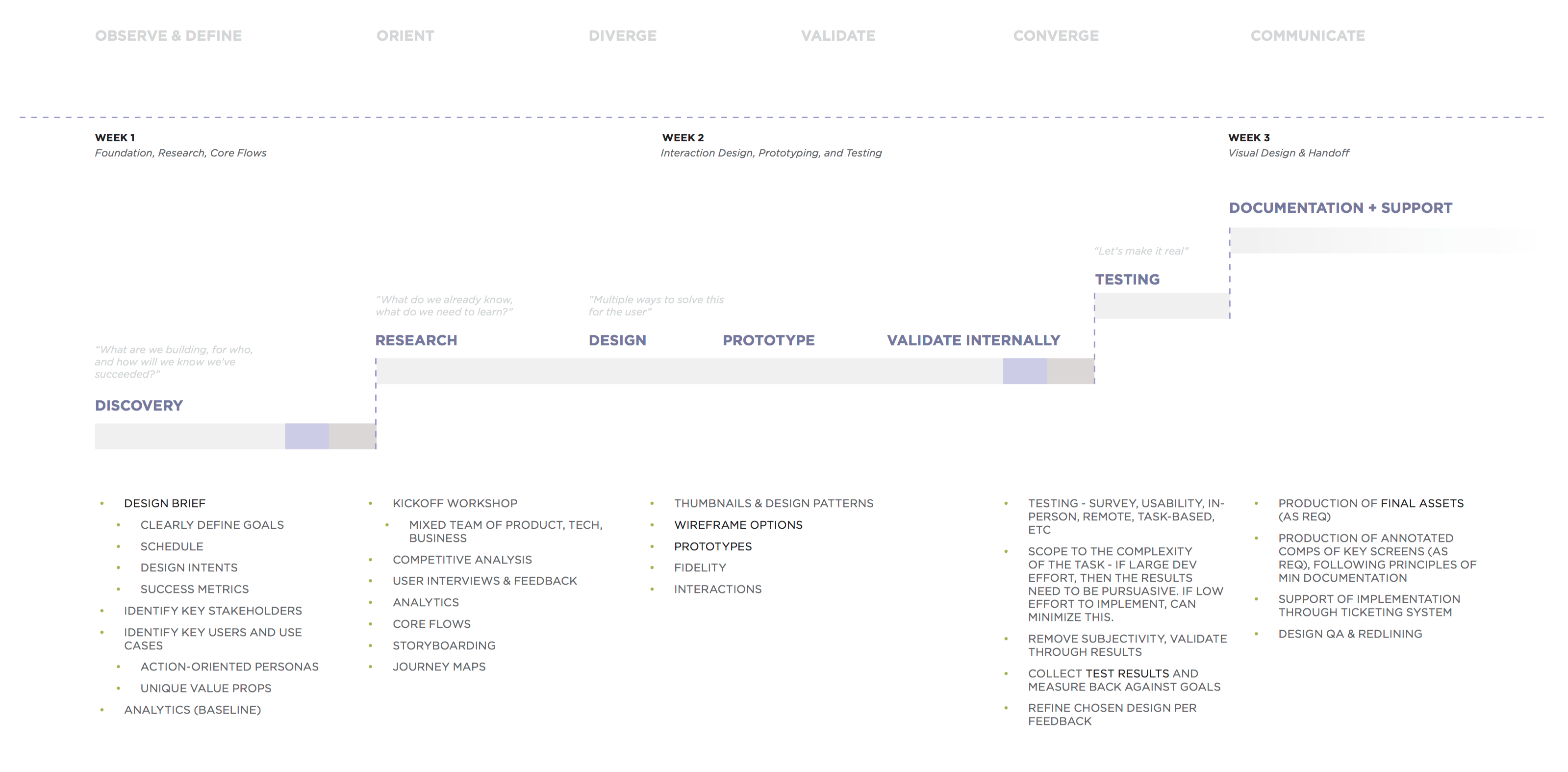

Our typical design sprint structure, which I established. The project phases vary in length accourding the ask, but the framework is consistent.
photographs by Sam Yuan
map by Brad Harris
Value driven
The design of design is an interesting challenge. The principles and values which we articulated for the team defined a framework that drives decision making for each designer. It's a form of second-order systems design: how might we articulate and disseminate a method of thinking that then influences both the larger surrounding organization, and tactical project-level decisions.
I evangelized 6 keys to success, relating to how we do what we do:


These are largely meaningless as one-liner truisms, but they provide a useful jumping-off point. Together with our full Product Design team, we used these key values to help drive a workshop to define our collective design charter. With everyone's input, the principles we defined set a clear purpose for the team, and give us a shared language to use.
As the team grew we are tackled bigger and bigger projects. With scale came new challenges, and we needed to continue to learn, adapt, and evolve. Building on a solid foundation, the team continues to tirelessly drive Loblaw forward as an industry leader in the digital space.
--
My approach to design leadership has been inspired by many folks in the industry that I highly respect - specifically Cap Watkins, Rands in Repose, Julie Zhou, Erika Hall, Peter Merholtz, and the good people at Work & Co. Effective design leadership does not happen organically - it is a challenge to be addressed with intentionality.
FURTHER READING
Architecture
Before jumping full-time into digital design, I worked in architecture for over five years. I had the opportunity to work with some immensely talented designers, and learned many practical lessons while growing from model shop lackey to Project Architect.
